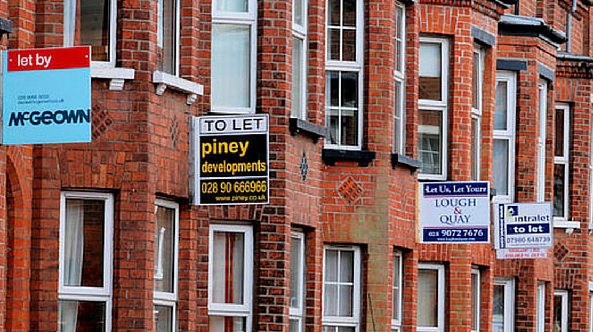Speculation is rife over whether the Bank of England will cut the base rate next month, but borrowers may already be noticing some cheaper deals.
“Persistent inflation” is the root of the issue when it comes to the decision to finally cut the 5.25% interest rate that has been held for almost 12 months, according to comments from the Monetary Policy Committee’s (MPC’s) Huw Pill.
He will be one of nine members of the committee to cast his vote at the next meeting in August, where it will be decided whether the Bank drops the base rate – as they are being strongly urged to do by many parties – or keep it the same once more, or even raise it, which is a highly unlikely outcome at this point.
Huw Pill said that because wage growth and inflation in the services sector remain higher than target levels, “I think it’s still an open question on whether the timing for a rate cut is now,” in comments to the Asia House thinktank in London.
As a result of these comments, the financial markets immediately lowered the odds of a base rate cut, which now stands at 50/50.
A second call for no base rate cut
In a similar vein to Pill, senior Bank of England policymaker Jonathan Haskel, who is also a member of the MPC, has said that the inflation battle in the UK is still a problem and “remains incomplete”, so has also advised that the base rate is kept at its current level until the picture changes.
He believes that while the government’s target of 2% inflation (measured by the Consumer Price Index) has been met, it is on course to rise again in the next announcement.
“The labour market continues to be tight, and I worry it is still impaired. I would rather hold rates until there is more certainty that underlying inflationary pressures have subsided sustainably,” said Haskel in a speech at King’s College London on Monday.
But lenders are changing course
While mortgage lenders are influenced by the Bank of England base rate, they are also led by swap rates as well as wider market competition, and numerous lenders have been dropping their rates over the past week or so. Partly, this could be in response to the stability created by the conclusion of the general election.
Uswitch’s mortgage expert, Kellie Steed said: “This week we’ve seen lenders respond to their growing expectation of a bank rate cut in August, and likely the election results, with a host of rate cuts across 2 and 5-year products.
“While these have not been significant enough yet to influence the overall average rates, we can see that across the big six lenders, the average 2-year fixed rate has fallen by just over 1 percentage point and the average 5-year fixed deal by 0.08%.
“As the month progresses we’re likely to see more lenders follow suit, with Nationwide and Skipton both announcing cuts as high as 0.3% and 0.33% respectively to both their residential purchase and remortgage ranges today.”
In the buy-to-let space specifically, Uswitch has recorded reductions in rates across two-year fixed rate products at 75% loan to value (LTV).
This includes a month-on-month fall in the average rate across all lenders of 0.09%, bringing the average to 5.55% as of 9th July. The six big lenders have, on average, dropped their buy-to-let rates by 0.13%, making the average now 5.32%.
The very lowest rates across all lenders for buy-to-let two-year fixed products came in at 3.74% in the latest analysis, which is unchanged from last month’s figures, while the lowest rates across the big six lenders are now an average 4.63%, down by 0.05%.
Some of the specialist buy-to-let lenders to have reduced their rates recently include Aldermore, BM Solutions, Leeds Building Society, and Nottingham Building Society, in a sign of more competition returning to the market once more despite the base rate speculation.










